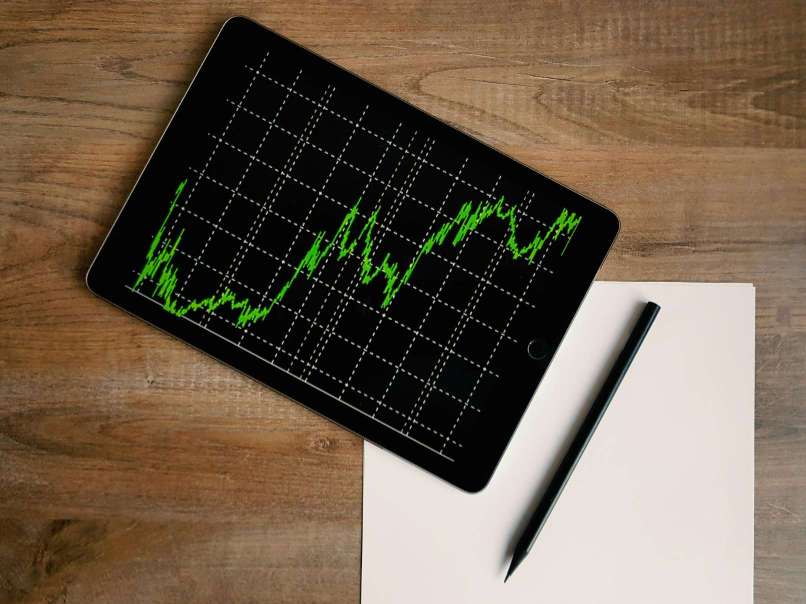High-Frequency Trading: The High-Stakes Game You Need to Know About

4 min read
14 Sep 2025
High-frequency trading (HFT) has revolutionized financial markets by leveraging advanced algorithms and lightning-fast execution speeds to capitalize on small price differentials in milliseconds. This article explores the intricacies of HFT, its impact on market dynamics, and the controversies surrounding its role in modern finance.
Understanding High-Frequency Trading
High-frequency trading involves executing large volumes of trades at incredibly high speeds, often measured in microseconds (millionths of a second). HFT algorithms analyze market data, identify fleeting opportunities, and execute trades automatically without human intervention.
Mechanics of High-Frequency Trading
Algorithmic Strategies: Utilizing complex algorithms to detect price discrepancies, arbitrage opportunities, and market inefficiencies across multiple trading venues.
Co-location: Placing servers in close proximity to exchange data centers to minimize latency and gain speed advantages in trade execution.
Market Making: Providing liquidity to markets by continuously quoting bid and ask prices, profiting from the bid-ask spread and reducing market volatility.
Quantitative Analysis: Applying statistical models, machine learning techniques, and real-time data analysis to optimize trading strategies and predict market trends.
Impact and Controversies
Market Efficiency: Enhancing market liquidity, narrowing bid-ask spreads, and improving price discovery processes through continuous trading activities.
Systemic Risks: Introducing potential risks such as market manipulation, flash crashes, and increased market volatility due to algorithmic errors or unforeseen interactions.
Regulatory Scrutiny: Facing scrutiny over fairness, transparency, and regulatory compliance in automated trading practices, prompting debates on market stability and investor protection.
Benefits and Challenges
Profitability: Generating significant profits for firms and investors through high-speed trading strategies that capitalize on small price differentials and market anomalies.
Risk Management: Mitigating risks through sophisticated risk management systems, real-time monitoring, and automated controls to prevent trading losses and operational disruptions.
Technological Investment: Investing in cutting-edge technologies, data infrastructure, and algorithmic development to maintain competitive advantages and operational efficiency.
Future Outlook
As high-frequency trading continues to evolve with advancements in AI, machine learning, and quantum computing, it will likely reshape global financial markets with faster, smarter, and more adaptive trading strategies. The future of HFT hinges on balancing innovation with regulatory oversight to ensure market integrity, stability, and investor confidence in the digital age.

The AR Breakthrough That Will Make Blockchain Transactions Simpler Than Ever!
7 min read | 15 Nov 2025
How AI Is Making Blockchain Smarter and Safer – The Inside Scoop!
6 min read | 14 Nov 2025
The Big Tech Twist: How VR Is Set to Disrupt Blockchain Like Never Before!
5 min read | 13 Nov 2025
Unlocking the Power of AR: How Augmented Reality Is Set to Revolutionize Blockchain!
7 min read | 12 Nov 2025More Articles

Smart Infrastructure: Enhancing Urban Resilience with Technology
4 min read | 12 Aug 2025

Cryptocurrency Investment Strategies: Navigating Volatility
5 min read | 11 Aug 2025

Emerging Trends in Digital Payments and Fintech
5 min read | 10 Aug 2025

Robotics in Space Exploration: Building the Future on Mars
4 min read | 09 Aug 2025
More Articles

Omnichannel Retail: The Future of Shopping Unveiled
7 min read | 05 Oct 2025

Smart Retail: How Technology is Changing Your Shopping Experience
4 min read | 04 Oct 2025

Indoor Positioning Systems (IPS): GPS for Indoors?
6 min read | 03 Oct 2025

Geofencing: The Technology That Knows Where You Are and What You Need
4 min read | 02 Oct 2025
